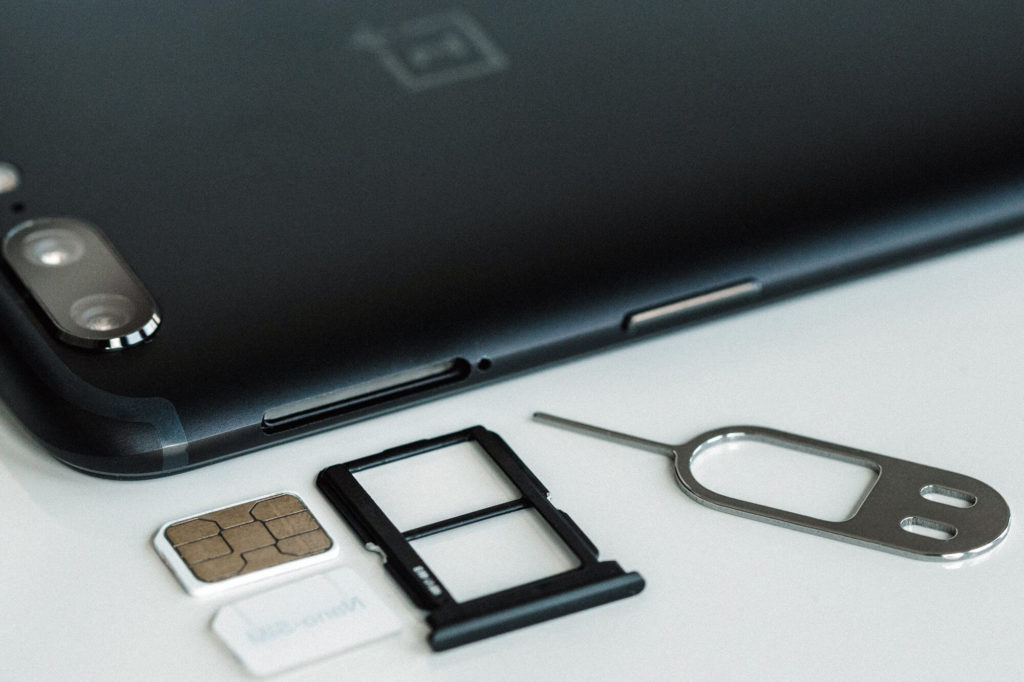Once upon a time, in a land far, far away, a Digital Nomad tried to find WiFi… and couldn’t!
Sound familiar? There are so many amazing benefits to remote work but sometimes the logistics are tricky to figure out, making it seem like an impossible feat.
Luckily, as location-independent work becomes more and more abundant, so too does access to high-speed Internet; however, this doesn’t mean it’s necessarily easy to find or always readily available. Sometimes, you need to work a little harder (and in some cases, pay a little more) to get it, but if you’re someone whose ability to travel depends on your ability to access the world wide web, then it’s time to get savvy and prioritize connection.
Choose Accommodations with Strong WiFi
One of my favorite places to get work done is in the comfort of my “home,” (which for me is pretty much anywhere I happen to be sleeping that evening.)
For solo travel, if I’m only going to stay somewhere for a few days, I rely heavily on short-term rental sites. They’re good for short reservations.
Many short term rental sites list reviews for specific categories right where you can see them, and many have “WiFi” as its own category. You can see instantly and easily what ranking out of 10 any facility receives just for WiFi. Bingo!
If you like to stay in a location for a month or longer, you need to make sure you have amazing WiFi access in your home so you can get work done there and be productive. Opt for a co-living space, furnished apartment, or hotel on Anyplace, and your living quarters are guaranteed to come with high-speed internet access.

Buy A SIM-Card
In most countries, buying a SIM card is generally cheap and easy. The only thing you need to make sure of is that your device is unlocked. Some companies, like AT&T are happy to do it free of charge. Other companies might charge a fee.
Be aware that this means your phone number in your home country will be temporarily disabled, so make sure to notify your VIPs, and, if you’re like me, enjoy the absence of scammers calling you 100x per day. Yay!
With some SIM cards, you’re buying data, so while it can go a long way it isn’t limitless, meaning it’s best not to rely solely on a SIM card for the majority of your work. It is, however, a great way to stay on top of emails and have the ability to communicate around the clock.
There are a variety of companies to choose from, with a variety of different plans and deals. Simoptions.com has a lot of great information and has compared prices for multiple plans.
Generally, there are two types of SIM cards, local and international. Local SIM cards tend to be cheaper and often cover more than one country, but they don’t cover everywhere. If you’re planning to stay in Europe for a long period of time, for instance, then you’ll likely be able to find a plan that covers 30+ countries throughout the region. If you’re planning on going from Europe to, say, Asia, then you might want to check out International options.
Pocket WiFi Hotspot
To ensure uninterrupted internet connectivity while working remotely in far-flung destinations like Japan, you can consider utilizing a pocket WiFi hotspot.
A Pocket WiFi Hotspot is probably the best option for constant connectivity, but it isn’t the cheapest. It resembles a tiny, portable router that you can easily carry around and use to connect different devices to the Internet. That’s right, you can use it for your laptop AND your phone, and maybe even your tablet… and depending on your plan, you can connect from all over the world.
Essentially, it’s the best option if you’re a Digital Nomad who wants to reach those super remote places and still be able to get work done and turned in without a qualm.
Unlike a SIM card, you can’t just pay for the price of the device and be done with it. You have to get on a plan, and the low range is about $99 per month, which is about $3.30 USD per day, and it goes up from there.
Of course, if you have a substantial amount of work coming in, then it’s beyond worth the investment.

Locate Public Spaces with Internet
This category covers quite a bit of territory. Not only have cafés, restaurants and even bars become hubs for international travelers to enjoy work productivity, but now there are even resources like workfrom.co to find the best places to go! Workfrom.co allows you to type in your location and use its database to find restaurants, etc., that are either rumored or known to have reliable free WiFi… and if you’ve made a new discovery, there’s also an option to add new places to their list. It’s a community that’s growing every day.
A lot of public spaces still require a password in order to gain connection, but if you’re in a pinch and don’t have the time or money to sit and sip, and you happen to be in a city where bigger franchises like McDonald’s or Starbucks reside, then they typically have free WiFi available. This is very convenient if you find yourself in a desperate situation. Fun fact: I’ve even used H&M before. Just don’t stay on public WiFi that doesn’t have a password for long, or look up sensitive info while connected. It’s super important to keep your work and personal data safe!
If your own accommodation is having issues, which has happened to me once or twice before- not because I didn’t do the research, but because their internet service happened to be down for a couple of days (it happens) then finding other nearby hotels is also an option. I’ve found that most places with a common area are happy to share their password-protected WiFi.
Sometimes cities offer free WiFi, but be careful and take precautionary measures to protect your information, as free WiFi options can be easily hacked.
Where to next? Find flexible month-to-month rentals across the globe on Anyplace.





